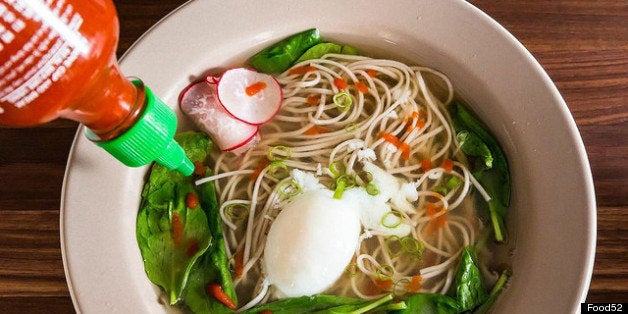
Inspired by conversations on the Food52 Hotline, we're sharing tips and tricks that make navigating all of our kitchens easier and more fun.
Today: Yes, you can sous vide at home -- and you don't need anything fancy.
Like liquid nitrogen and pork belly, something cooked sous vide seems relegated to the world of restaurants, a world of industrial Cryovacs and immersion circulators and vacuum-sealers.
Yes, restaurants cook sous vide for many reasons -- precision, reproducibility, hands-off cooking. The technique, which simply means cooking sealed food in a low-temperature water bath, has its benefits -- but it can cost you around $800.
Good thing you can make one, with just a rice cooker and a temperature controller, in your own kitchen. For less than $35.
Here's how it works.
The rice cooker is filled with water and plugged into the controller, which reads the ambient temperature of the water bath. If the temperature of the water bath goes above the desired temperature, it shuts off the rice cooker. Vice versa if the temperature goes below the programmed temperature.
You can choose to buy a temperature controller or build one yourself with some know-how. My food-geek buddy built mine using this DIY post and wrote about it in his book.
So what’s the first thing you should cook sous vide? Eggs. Perfect soft-boiled eggs with soft yolks and opaque just-set whites. Oh, and a bowl of ramen to go with it.
To get perfect sous vide soft boiled eggs, simply leave them alone in a 65° C water bath for 50 minutes. That's it.
When adding the sous vide egg, gently crack it into the bowl as you would a raw egg. Grab a spoon and some chopsticks.
Disclaimer: Low-temperature cooking can lead to unsafe food conditions, especially when left in the danger zone (41-135F). Please read up on acceptable times and temperatures on Dave Arnold’s primer on Low Temperature and Sous Vide Cooking.